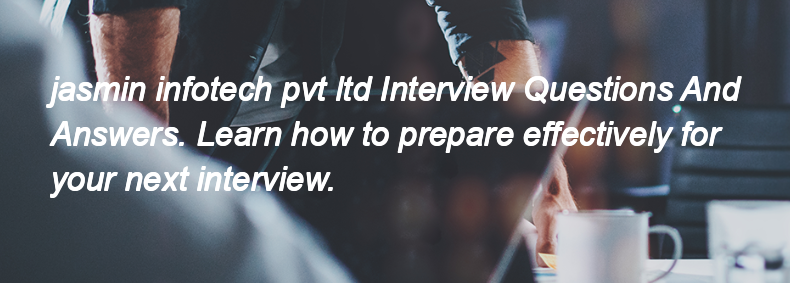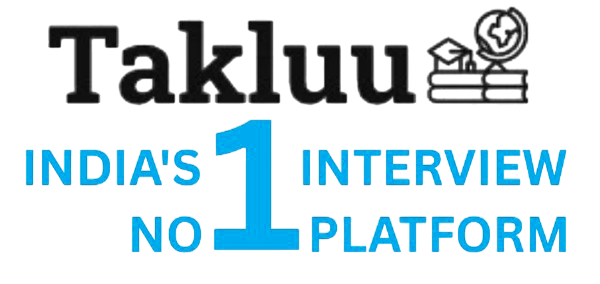Jasmin Infotech Pvt Ltd is a leading technology company headquartered in Chennai, India, specializing in software development, embedded systems, and engineering services. Established in 1998, the company has grown to become a trusted partner for numerous global clients across various industries.
With a team of highly skilled professionals, Jasmin Infotech offers end-to-end solutions, from concept to deployment, catering to the diverse needs of its clients. Their expertise spans across domains such as automotive, healthcare, telecommunications, and industrial automation.
One of the key strengths of Jasmin Infotech lies in its commitment to innovation and quality. The company emphasizes continuous learning and keeps pace with the latest advancements in technology to deliver cutting-edge solutions. They leverage advanced tools and methodologies to ensure efficiency and reliability in their deliverables.
Moreover, Jasmin Infotech places a strong emphasis on customer satisfaction, striving to exceed expectations through timely delivery and personalized support. This customer-centric approach has earned the company a reputation for excellence in the industry.
Overall, Jasmin Infotech Pvt Ltd stands as a beacon of technological prowess and reliability, driving innovation and delivering value to its clients worldwide.

